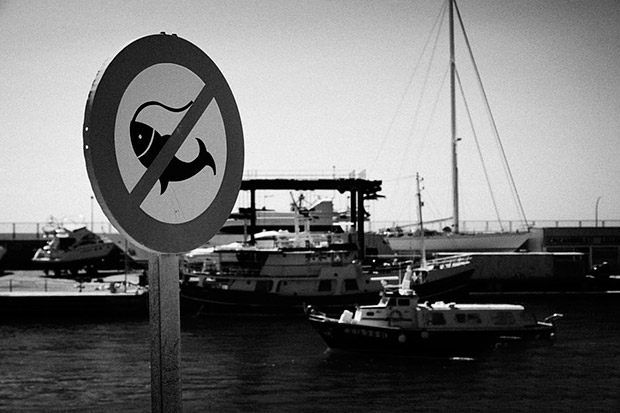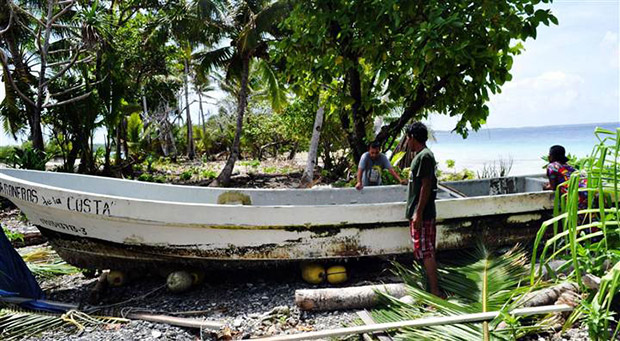
With no sign of rain, 17 rural communities providing water to 40,000 people are in danger of running out in two to four months, according to a report in The New York Times.
State officials told the Times that number is likely to rise in the months ahead after the State Water Project, the main municipal water distribution system, announced on Friday that it did not have enough water to supplement the dwindling supplies of local agencies that provide water to an additional 25 million people.
It is the first time the project has turned off its spigot in its 54-year history.
“We are on track for having the worst drought in 500 years,” B. Lynn Ingram, a professor of earth and planetary sciences at the University of California in Berkeley, told the Times.
Fishing and camping in much of California has been outlawed to protect endangered salmon and guard against fires.
Officials are girding for the kind of geographical, cultural and economic battles that have long plagued this part of the country, which is defined by a lack of water: clashes between farmers and environmentalists, urban and rural users, and the northern and southern regions of the state.
The crisis is unfolding in ways expected and unexpected.
Near Sacramento, the low level of streams has brought out prospectors sifting for flecks of gold in slow-running waters.
To the west, the heavy water demand of growers of medical marijuana is drawing down streams where salmon and other endangered fish spawn.



